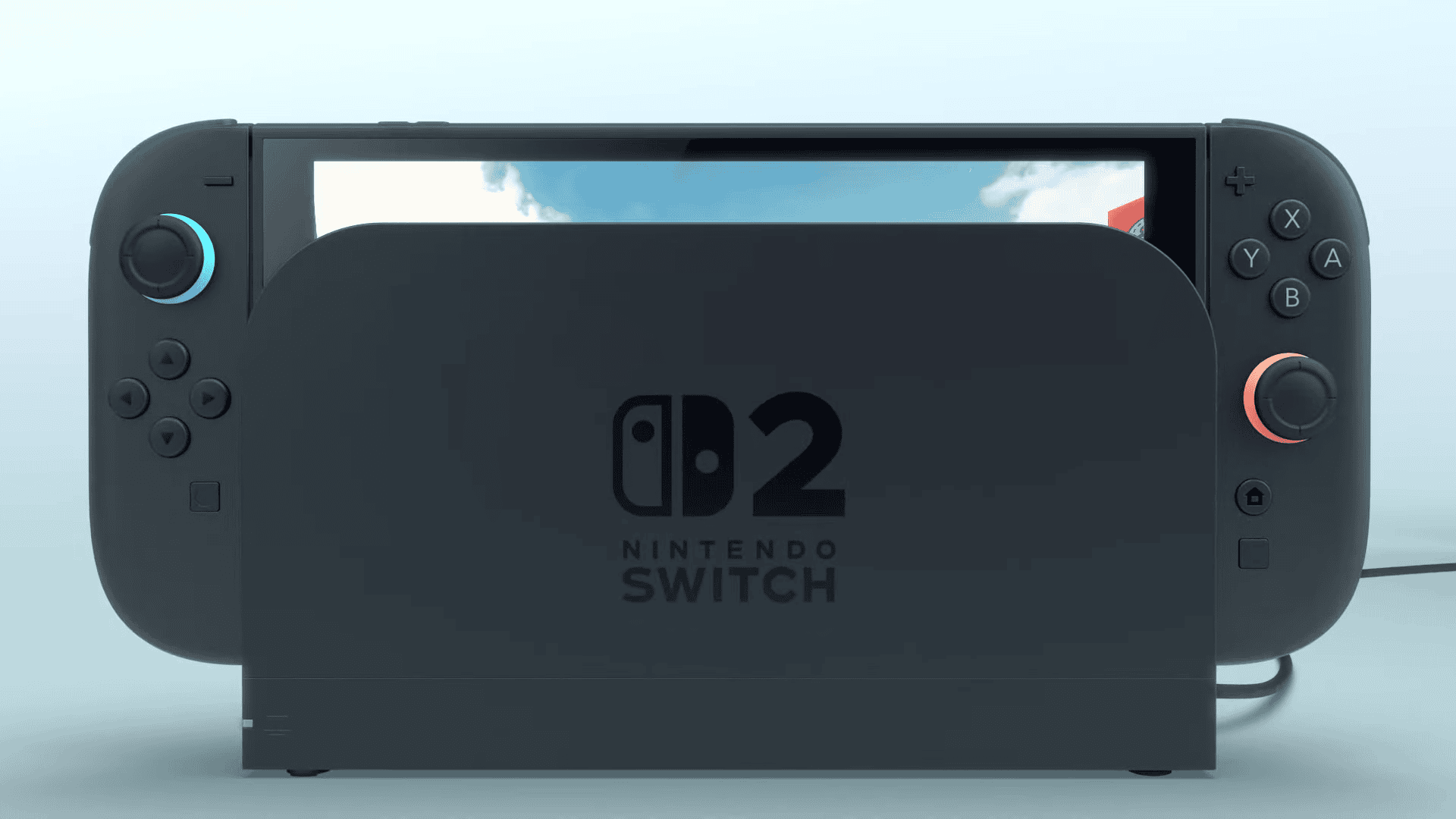Nintendo is preparing to introduce a significant technological feature for its Switch 2. Indeed, by integrating an option that allows battery charging to be limited to 90%, the Japanese company is finally proposing a preventive approach to the inevitable wear of lithium-ion batteries. This is a first in the realm of portable consoles but a strategy already well established in the smartphone industry. It is a reality that users sometimes tend to overlook: charging an electronic device to 100% can adversely affect battery health over time. This practice indeed causes accelerated wear on the cells, gradually reducing autonomy and charging capacity. Aware of this issue, smartphone manufacturers have for several years integrated charge limiters — often set at 80 or 85% — to slow down this degradation.
Nintendo is currently offering a limitation option at 90% for the Switch 2, which can be disabled at any time. This feature primarily targets users concerned about extending their console’s longevity. The objective is clear: to prolong the material’s lifespan amid increasing component costs and more complex replacement processes. It aims not to impose restrictions but to provide choices regarding daily usage, empowering the user. Through the Nintendo Today app (a comprehensive information source for Switch 2), the Kyoto-based company has revealed other system innovations indicating a shift in portable console design paradigms. Among these features is the ability to lock the Switch 2 with a PIN code, similar to how one secures a smartphone. Previously, security measures were limited to basic parental controls activated only when launching games or sensitive applications. Now, users can fully lock their consoles, enhancing both privacy and security for an increasingly personal device.
By integrating features previously exclusive to smartphones, Nintendo gradually redefines the contours of the portable console market. More mobile and personal, the Switch 2 appears designed as a comprehensive terminal, blending gaming performance with material consciousness. While gaming remains at the heart of the experience, it wouldn’t be surprising if the machine expanded to include secondary uses or broader ecosystems of applications.
Have any thoughts?
Share your reaction or leave a quick response — we’d love to hear what you think!
